Commercial Interiors: Sustainable Certification
Time was when architects and designers would be shown dimensions and material options when specifying furniture, lighting and other fixtures and fittings.
Nowadays, sustainability credentials take up significant space in presentations and brochures and rightly so. After all, as recently as March 2023, Antonio Gutteres, United Nations Secretary General said, “We have never been better equipped to solve the climate challenge, but we must move into warp speed climate action now.”
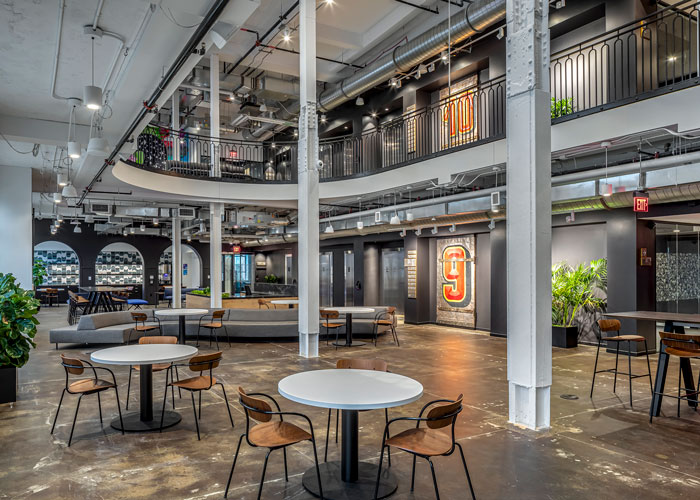
The Furniture Practice, WPP Detroit, BDG Architecture + Design
BREEAM, a method of assessing, rating, and certifying the sustainability of buildings dates back to 1990 with ISO 14001 and also LEED launching that same decade. In common with LEED, the WELL Building Standard, dedicated to the integration of health and wellness technologies in the places we live, work and learn, is third party certified through collaboration with Green Business Certification Inc (GBCI).
B Corp is the newer kid on the block with the first generation of certifications coming in 2007. Billing itself as a “non-profit network transforming the global economy to benefit all people, communities, and the planet” B Corp rates the social and environmental performance of for-profit firms. Currently there are over 1,200 B Corps in the UK.
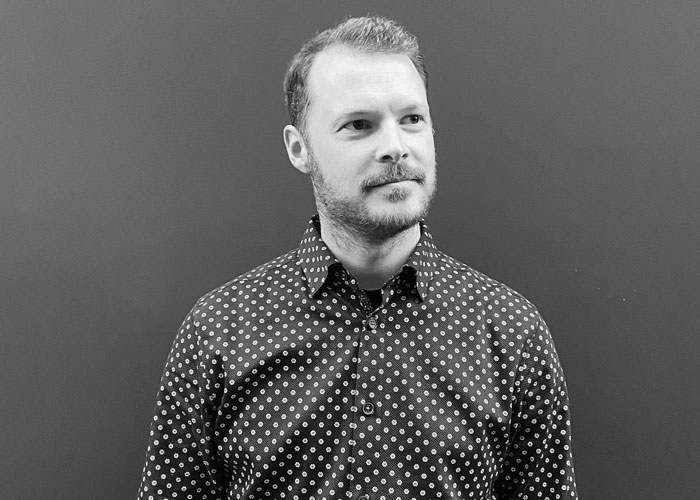
Phil Towle, Head of Sustainability, The Furniture Practice
The Furniture Practice is an international furniture specialist that gained its B Corp status in March. The firm’s Head of Sustainability Phil Towle says, “We believe that TFP is a very entrepreneurial and forward-thinking business. We felt that B Corp not only aligned with our values but would also provide a helpful framework for continuous improvement and innovation.” His colleague Matt Davies, Director of Sustainability, picks up the conversational baton, “One of TFP’s values is ‘how can we do this even better?’ Our role as furniture consultants is to collaborate with clients and designers to help create world-class spaces, so it’s important that we’re setting the highest possible standards across our own operations and within the work we deliver for our clients.”
The company is proud to be one of the early adopters in the commercial interiors arena, explaining the competitive advantage of B Corp status, “If you look at where corporate sustainability reporting is headed in the EU, B Corp offers companies an excellent framework to highlight compliance,” says Towle, “It allows us to move away from a situation where sustainability claims aren’t substantiated, to a more evidence-based approach which offers clients continued confidence in our operations and commitments.”
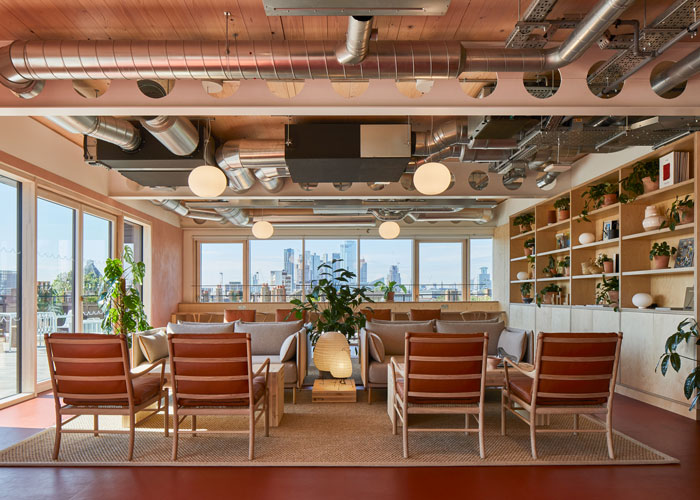
The Furnture Practice, 6 Orsman Road, Waugh-Thistleton
He goes on to explain how the B Impact Assessment covers five areas: governance, environment, customers, community, and workforce. Only businesses scoring over 80 points in the assessment can be certified. Then there’s the legal change to a company’s Articles of Association (which set out how a company is run, governed, and owned) to reflect the commitments with recertification required every three years, plus the publishing of an annual impact report.
Towle says, “If you’re making responsible and commercial buying decisions, B Corp is a valuable way of getting everyone on board and satisfying both needs. We’re particularly proud to be certified, as the assessment touches every part of our business. It’s also an excellent tool for internal upskilling – we’re already utilising the B Corp training materials to help everyone in our team understand what it means to be part of this growing B Corp community.”
Research reveals a burgeoning collection of B Corp certifications in commercial interiors. These include sustainable design furniture firm Wehlers, one of the brands available from Innermost; lighting firm Tala and architecture practice MCM.
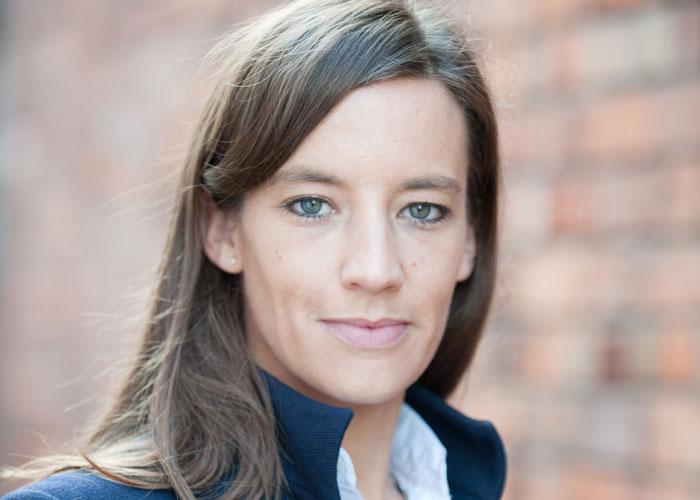
Samantha Rowe, CEO, Istoria Group
Istoria Group is a collective of creative agencies including Ignition which works in live events, exhibitions, and experiences; Phoenix Wharf which focuses on interior design and branding plus digital specialists Tiny Spark. The group gained B Corp certification last year. Its CEO Samantha Rowe says, “The rigorous audit process was the toughest out of all of them to get through, but it enabled us to walk the walk. If we talk about B Corp now to our clients who in the main are large corporates, they are very interested in it. And as far as recruitment goes, people are coming to us because they’re interested in the fact that we have done something about people, the planet and communities, it’s made us very attractive to employees.” Echoing The Furniture Practice’s sentiments about the community aspect, Rowe adds that the supplied list of other certified companies helped Istoria find, for example, an HR consultancy that shared its values.
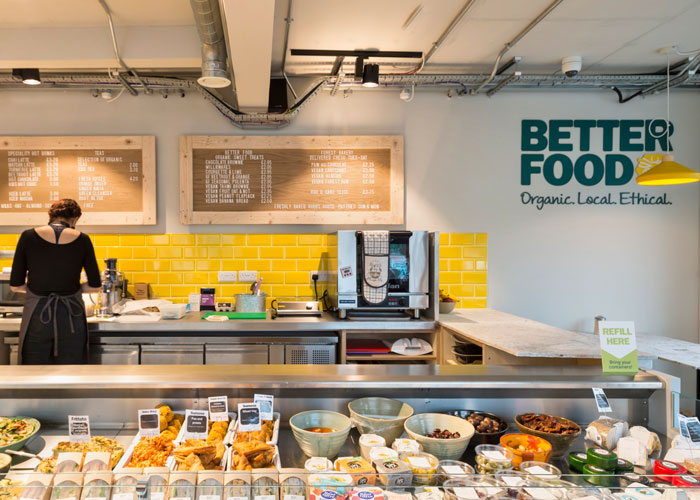
Istoria Group, Better Food store and cafe in Bristol by Phoenix Wharf
The group and its constituent companies have also gained ISOs 9001 and 14001 as well as The Queen’s Award for Enterprise in Sustainable Development. One scheme that ensured Ignition secured the latter was, says Rowe, “working with clients in exhibitions, events, and congresses to invest in a kit that can be reused rather than design and build an exhibition stand for each one. A lot of these standards come from a manufacturing base but we’re not a massive manufacturing organisation. So we find solutions to do our best.”
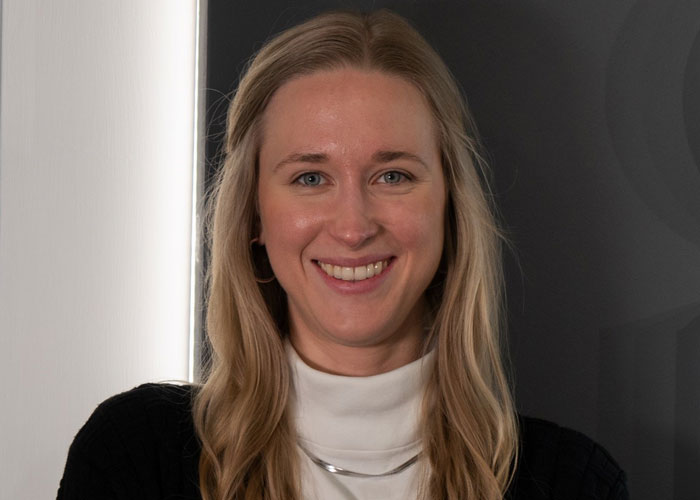
Giulia Neuhaus, Group Environment & Sustainability Manager, Ocee Design, Four Design, & Race Furniture
Giulia Neuhaus is sustainability and environment manager, responsible for the development, coordination, and promotion of environmental compliance and sustainability initiatives at Ocee Design, Four Design, and Race Furniture. She says, “We pledged to tackle six of the 17 UN Sustainable Development Goals to guide our sustainability efforts as they are the blueprint to achieve a better and more sustainable future. Through this, we can ensure that our efforts are aligned with global sustainability priorities and contribute towards a more sustainable world.”
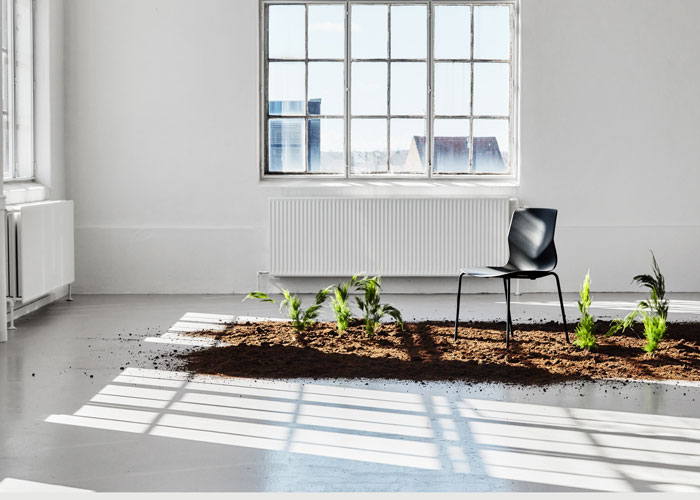
Ocee Design
The firm participates in the Furniture Industry Sustainability Programme and has products that are in-line with the EU Ecolabel. “Certified products reduce waste, pollution, and CO2 emissions; use energy, water, and raw materials responsibly; are long-lasting and easy to repair and recycle. We felt the EU Ecolabel stood out as a comprehensive and science-based program that aligns with our commitment to providing more sustainable products.”
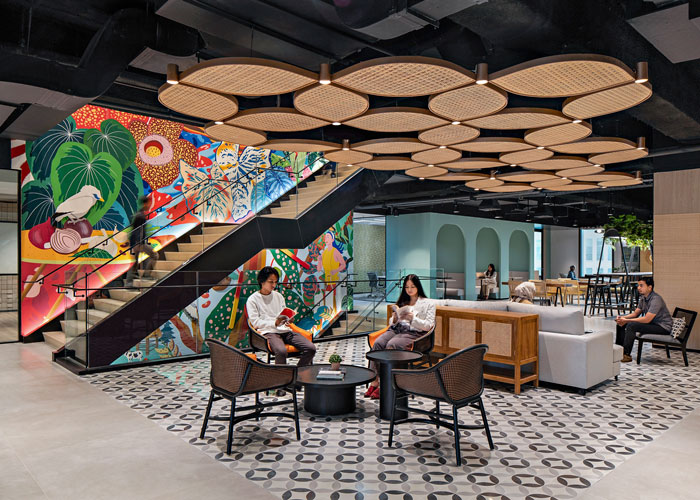
M Moser Associates, Nestlé Indonesia, head office in Jakarta
Julian Rimmer, Director of Sustainability with architecture and design studio M Moser says, “We have selected the Zero Carbon certification offered through the International Living Future Institute to certify our offices to Net Zero Carbon. This highly challenging program requires significantly improved operational performance and reduced embodied carbon through design and construction. The rigour applied to their certifications is integral to achieving our goals.” He goes on to explain how the practice also has commitments to WELL, LEED and RESET standards amongst others. Associate director Samantha Allen adds, “Sustainable design requires careful consideration and attention, with engagement from all stakeholders early in a project. It impacts all our disciplines – architecture, design, workplace strategy, engineering, technology and project delivery. A seemingly small decision, for example, selecting a task chair for an office space, will impact the total embodied carbon for the project, influence the user experience and musculoskeletal health of the office population, and could also impact facilities teams.”
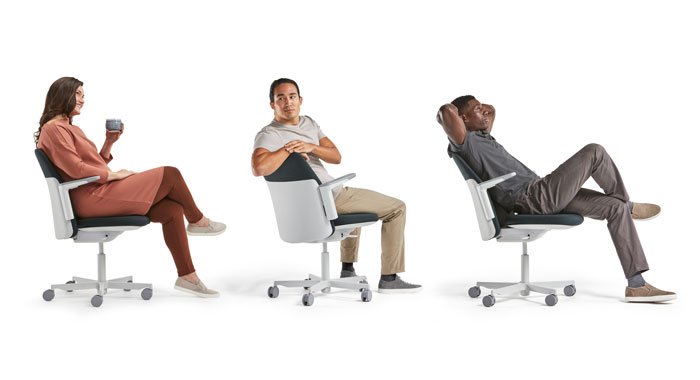
Path by Humanscale
Speaking of which, ergonomic furniture producer Humanscale publishes Declare labels (akin to a list of ingredients for the commercial interiors world) for its products including the Path task chair which is composed of nearly ten kilograms of recycled materials including reclaimed fishing nets, used plastic bottles, and post-industrial material. Hani Hatami, A&D manager, and sustainability ambassador based out of Humanscale’s London showroom explains, “Material transparency is only a step toward the larger goal of using all healthy ingredients. The architecture and design industry are notorious for using toxic chemicals in their products, but there are few regulations in place that require manufacturers to disclose the materials they use. This lack of transparency makes it difficult to make informed purchasing decisions. We continuously work towards making real change.”
UK lighting manufacturer FUTURE Designs, meanwhile, has pioneered refurbishment and upgrading of existing luminaire carcasses in what it calls its carbon careful™ initiative for several blue-chip clients’ prestigious London headquarters. The company’s chief executive David Clements says, “We have always endeavoured to keep waste to a minimum, and now as the world is faced with a growing necessity to refurbish, reuse and restore wherever feasible, we are sharing our story and expertise to encourage more organisations to follow suit.”
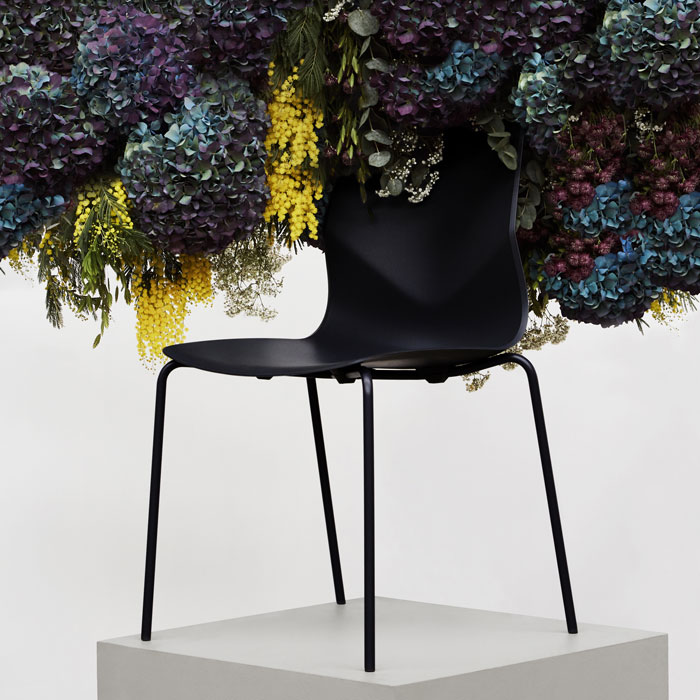
Ocee Design
Giulia Neuhaus has some tips when it comes to developing a meaningful sustainability strategy, adding finally, “evaluate what you are trying to achieve first and use that to create a sustainability vision. Next, assess your status quo, then through a materiality assessment you can identify the most important sustainability priorities while a gap analysis helps to identify areas for improvement. Based on this, you can create a sustainability strategy, targets and action plan that align with your business strategy and meet stakeholder expectations.”




